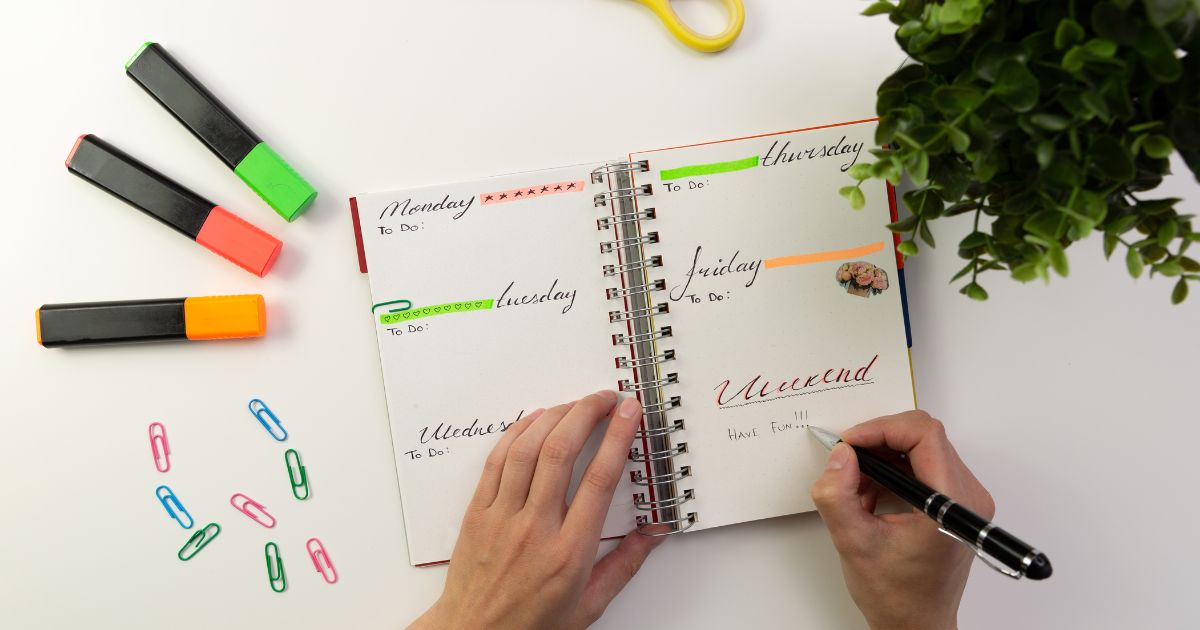Writing an engaging essay isn’t about using fancy words or sounding overly academic—it’s about capturing the reader’s attention and holding it from the first sentence to the last. But there’s a common trap that many writers fall into: redundancy. Repeating the same ideas, phrases, or arguments not only makes your writing boring, but it also weakens your message. In this article, you’ll learn how to craft essays that are clear, dynamic, and engaging—without falling into the trap of repetition.
Why Redundancy Kills Engagement
Redundancy happens when a writer says the same thing multiple times using different words or adds information that doesn’t move the argument forward. It can make your essay feel repetitive, unfocused, and even frustrating for the reader.
Common Causes:
- Trying to reach a word count without adding substance
- Writing without a clear plan or structure
- Not revising to remove repeated ideas
- Using filler phrases to “sound smarter”
The key to engaging writing is purposeful variety—in ideas, structure, and language.
Start With a Strong, Focused Thesis
A great essay begins with a clear thesis statement. This helps you stay focused and avoid repeating yourself as you develop your ideas.
Example:
“Online education enhances learning by making it more accessible, flexible, and personalized.”
Now you know exactly what your essay should develop—three different, non-redundant points.
Organize Your Ideas With Intention
A well-structured essay naturally avoids repetition because each paragraph serves a distinct purpose. Use a simple outline:
- Introduction: Hook + background + thesis
- Body Paragraph 1: First key point + example
- Body Paragraph 2: Second key point + contrast or development
- Body Paragraph 3: Third key point or counterargument
- Conclusion: Restate thesis in a new way + final insight
This format allows you to explore your topic deeply without circling back unnecessarily.
Use Varied Sentence Structures
Repeating the same sentence pattern makes your writing sound monotonous, even if the ideas are different. To keep your essay engaging, mix up your sentence length and structure.
Try:
- Combining short and long sentences
- Starting sentences with different words
- Using active voice more often
Example:
“Education empowers people. It gives them choices. More importantly, it gives them a voice.”
This variety keeps your rhythm dynamic and your reader interested.
Avoid Saying the Same Thing Twice
Writers often unintentionally repeat ideas in new words. This is one of the most subtle forms of redundancy.
Redundant Example:
“Education is important because it’s necessary for success. It’s also important because it helps people succeed in life.”
Better:
“Education is essential for success because it develops skills, opens opportunities, and builds confidence.”
Every sentence should add something new to the conversation.
Use Synonyms Wisely (Not Excessively)
Using synonyms can help avoid repetition, but overusing them just to “say the same thing differently” doesn’t always work. Instead, use synonyms when they bring clarity or nuance.
Example:
If you’ve used the word “important” too many times, consider “essential,” “crucial,” or “fundamental,” depending on the context. But make sure the synonym fits the meaning, not just the tone.
Replace Redundant Phrases With Precise Words
Some phrases are inherently redundant and can be replaced with a single, stronger word.
Common Fixes:
- “In my personal opinion” → “In my opinion”
- “Basic fundamentals” → “Fundamentals”
- “Absolutely essential” → “Essential”
- “Revert back” → “Revert”
Be precise. It saves space and strengthens your writing.
Keep the Reader Curious
An engaging essay should build momentum. Keep the reader curious by raising questions, presenting surprising facts, or introducing challenges that are answered as the essay progresses.
Try:
- Beginning with a thought-provoking question
- Using real-world examples or statistics
- Presenting a short anecdote to illustrate your point
When readers feel they’re learning something new, they stay with you.
Use Transitions to Move Forward, Not Backward
Good transitions don’t just connect ideas—they progress the conversation. Avoid transitions that simply rephrase the previous point.
Instead of:
“As previously mentioned…”
“In other words…”
Try:
“This leads to…”
“Another aspect to consider is…”
“Building on that idea…”
Effective transitions add depth and keep your essay flowing.
Read Your Draft Out Loud
Reading aloud is one of the best ways to spot repetition and awkward phrasing. If you find yourself saying “Didn’t I already write that?”, it’s time to cut or revise.
Look for:
- Repeated points across different paragraphs
- Overused words or expressions
- Sentences that don’t add new information
If it sounds dull or repetitive to you, it will feel the same to your reader.
Final Thought: Clear, Fresh, and Forward-Moving
An engaging essay speaks with clarity, variety, and purpose. By planning your structure, choosing your words carefully, and staying focused on your thesis, you naturally avoid redundancy. Instead of repeating yourself, you’ll expand, deepen, and elevate your ideas—making your writing not only more effective, but more enjoyable to read.









